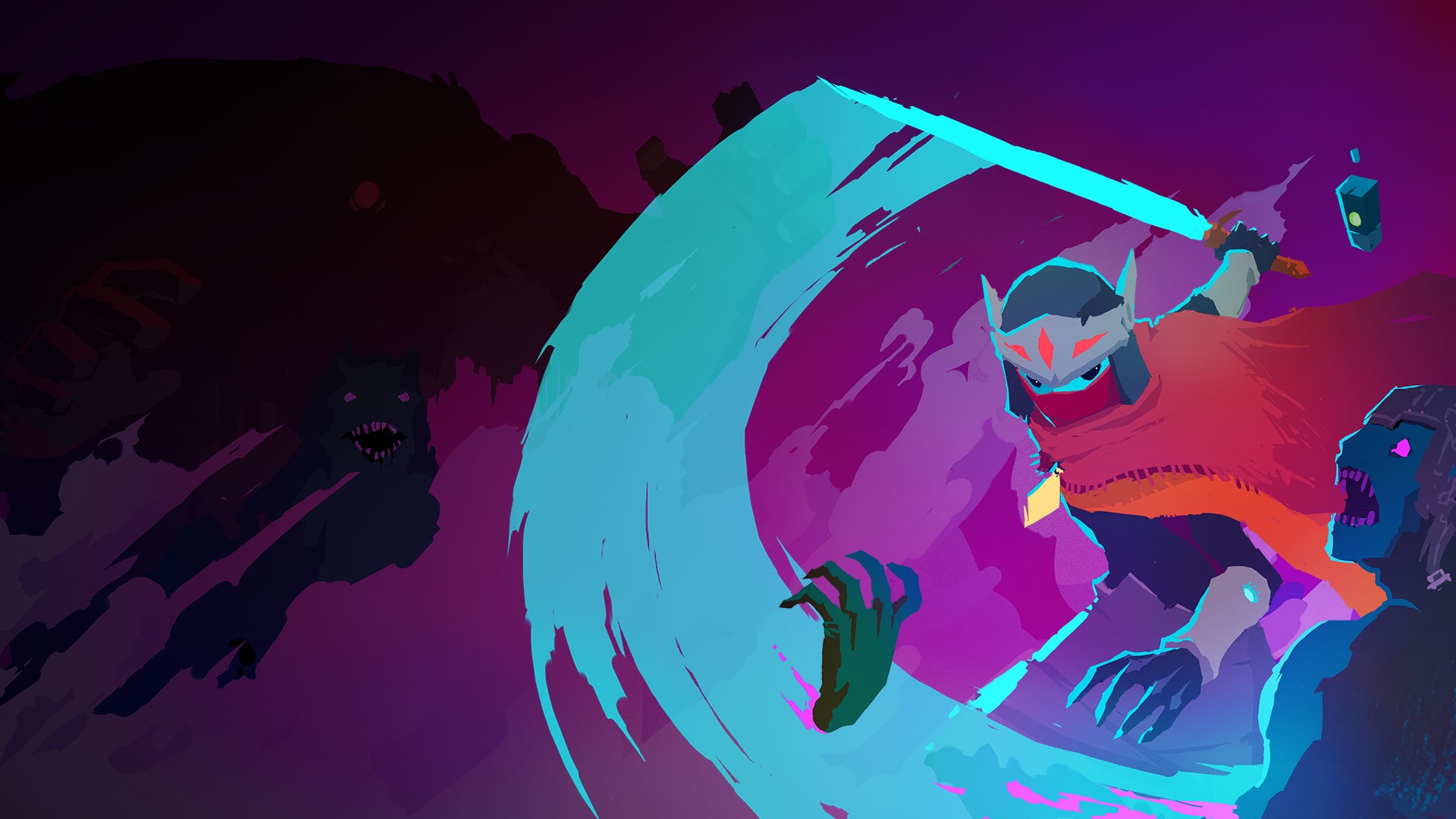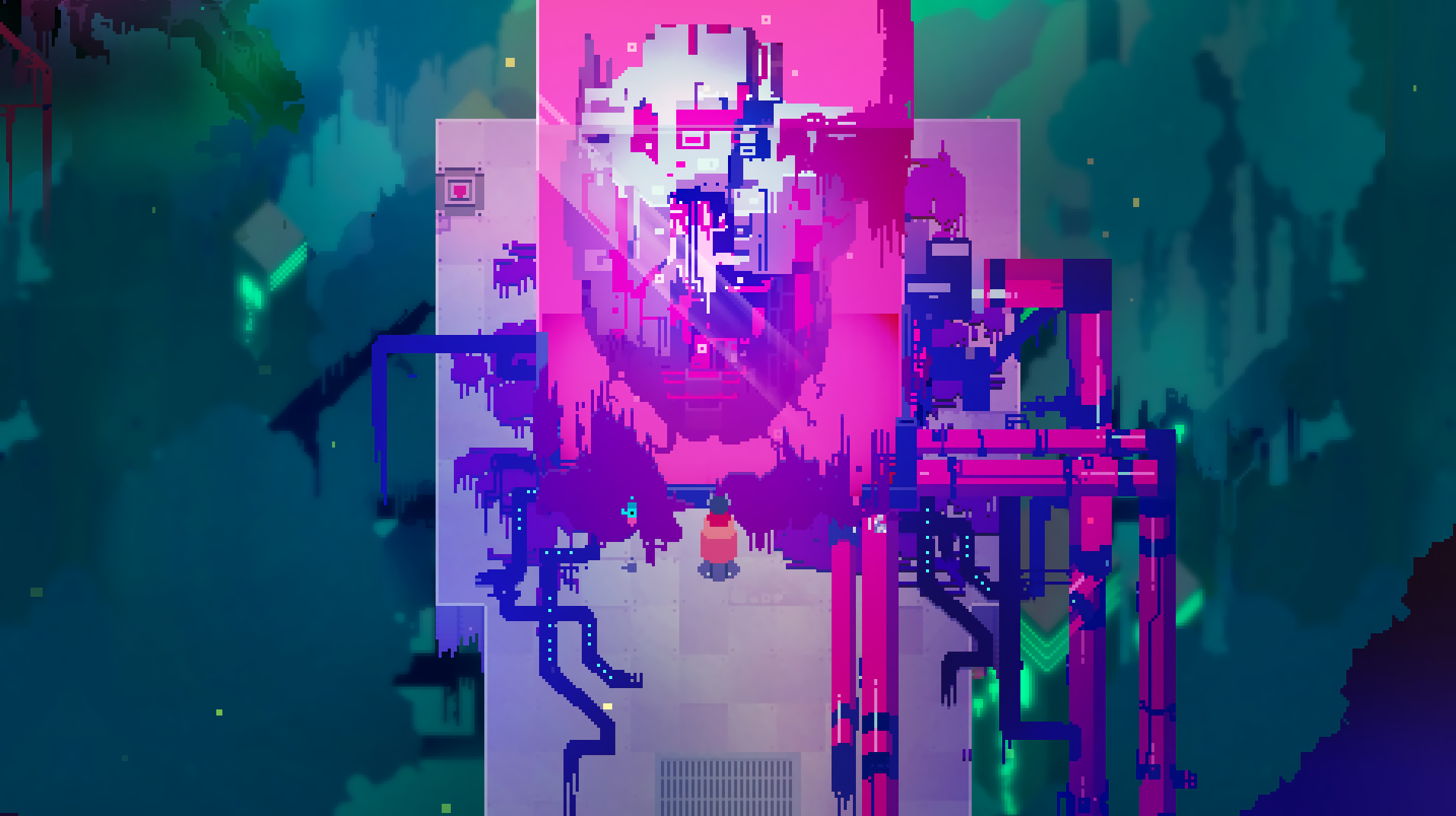

Quick dashes and rapid sword swings move together, conveying a sense of fluidity that hides a slight delay between movements, as if the Drifter is undeterred by the ailment, as if any error will be swiftly punished with death. “It can make a character feel leaden and heavy, perhaps clumsy, or nimble and spritely, and those things can be used as storytelling tools to explicate the nature of the characters or the nature of the world that they’re in.” “This, perhaps ephemeral, sometimes hard-to-describe aspect of a game that exists in the feedback between my action as a living being, the game’s controls, the hidden computational system of the game and then the feedback that the game gives me through the screen and the sound system which then impacts my perceptions,” he continued. “It’s preferable in movies to advance the plot by showing actions in the world that change the relationships between the characters rather than using language, in particular exposition.
#HYPER LIGHT DRIFTER BLACK SCREEN HOW TO#
Games could look to film on how to do this. “That’s the burning heart of storytelling,” Lemarchand, who today serves as an associate professor with the Interactive Media & Games Division of the School of Cinematic Arts at University of Southern California, said. He argues that the core of storytelling is the way that people struggle to attain the things that they want, and by encountering unexpected situations on the way to getting what they want, they grow as people. “I think that a historical problem with videogame stories is they’ve largely been plot-driven.” “One of the advantages of environmental storytelling is that it lets us get closer to our desired goal of having character-driven stories,” Lemarchand, who served as lead or c-lead on all three Uncharted games, told me. “Words can just be misinterpreted or confusing sometimes.” “He kind of nails it every time,” Preston said. He told me that he believes in conveying information through motion and facial expression, as well as through movements of characters and the intentions behind their actions. “Miyazaki films have taught me that beautiful animation and design add life to a world,” Preston wrote on Hyper Light Drifter’s wildly successful Kickstarter. The Drifter searches the remains of this past in hopes of fixing the present. This sense of a civilization from a bygone era with just enough left to give a sense of what happened defines Hyper Light Drifter. A distinct lack of humans creates a world of questions. In the director’s early work Castle in the Sky, the titular castle, Laputa, is overrun with various robots and wildlife wandering about. The imagery somehow amounts to more than what is merely visible. Pigs symbolize greed but they are also quite likeable and you really can’t bring yourself to hate them, just the way I feel about humans.” “Flight expresses a liberation from that grounding.

“My feeling is that we human beings are able to exist on planet Earth and are also stuck here because of gravity,” he told IGN. In Spirited Away, for example, Miyazaki wanted imagery that embodied more complex concepts, like humanity and conflict, that he personally felt strongly about. To figure out how to create this, Preston turned to the work of Studio Ghibli co-founder Hayao Miyazaki. That is the core of visual storytelling: that the imagery somehow amounts to more than what is merely visible, hinting at history, future, interior lives. The Drifter is an embodiment of a something more than the sum of the pixels a personal struggle. The Drifter, suffering from his own ailments, manages to keep pressing on. And so in the very actions of the game, a message is conveyed, if not a traditional backstory. The top-down action-RPG is as much an homage to the 8-bit and 16-bit titles of yore as it is a statement on the heart condition Preston was born with. I don’t want it to feel pinpointed or pigeonholed into certain categories.” It’s not our world, it’s its own present,” Preston said of the post-apocalyptic landscapes. We’ve known this for awhile, and for his part, Preston isn’t about to tell much more.

Preston remains tight-lipped about the game’s specifics, other than that his protagonist is unique this Drifter is ill and is searching for a cure. “I just really like visual storytelling, it’s more effective when you don’t have text layered on top of that.” “We wanted to create an experience that feels very unique and very removed from our own world,” said the game’s director and lead animator Alex Preston. “It’s not our world, it’s its own present.”


 0 kommentar(er)
0 kommentar(er)
